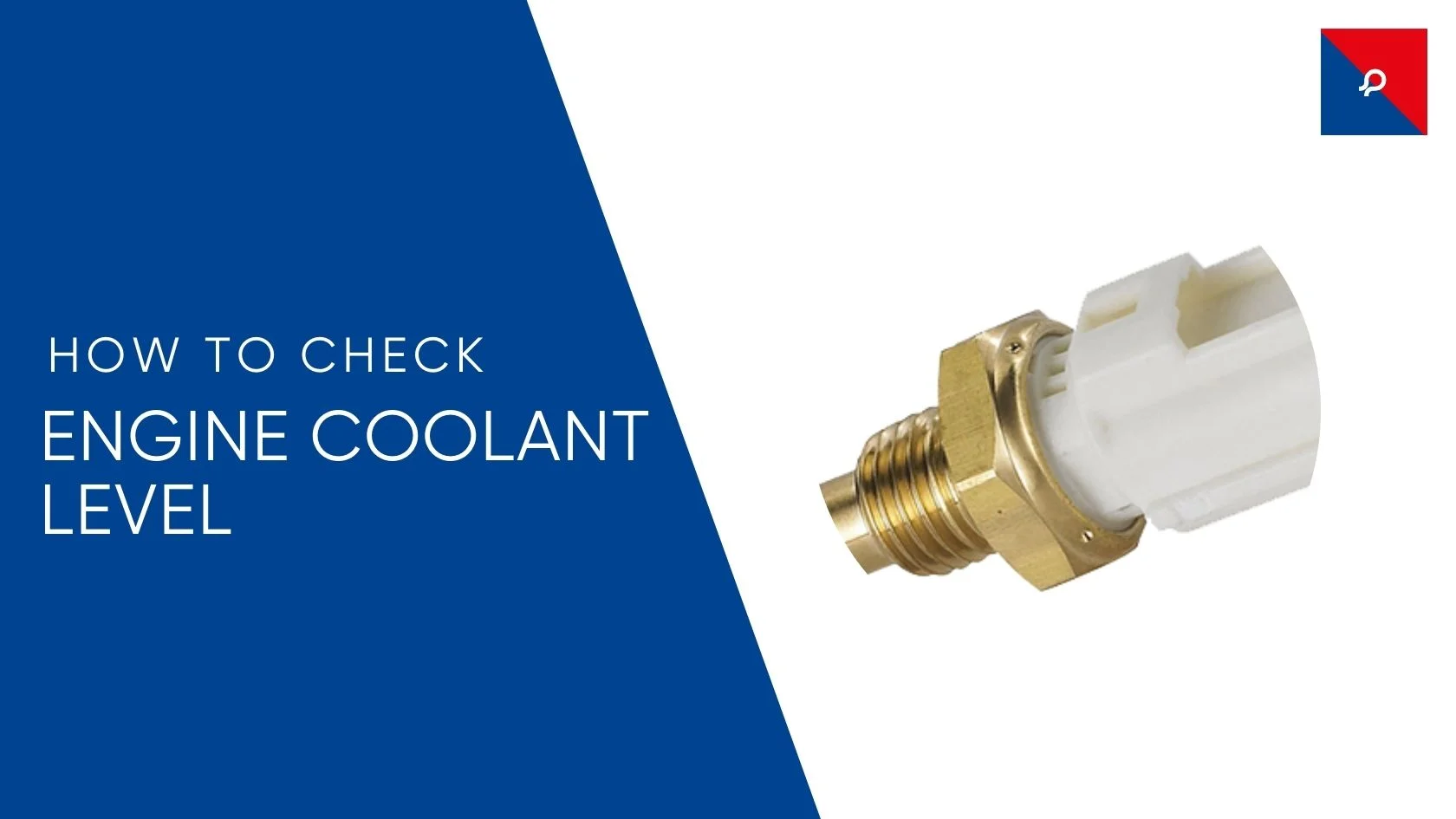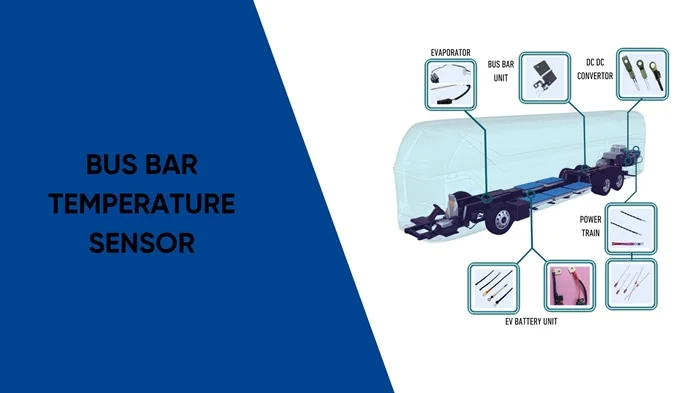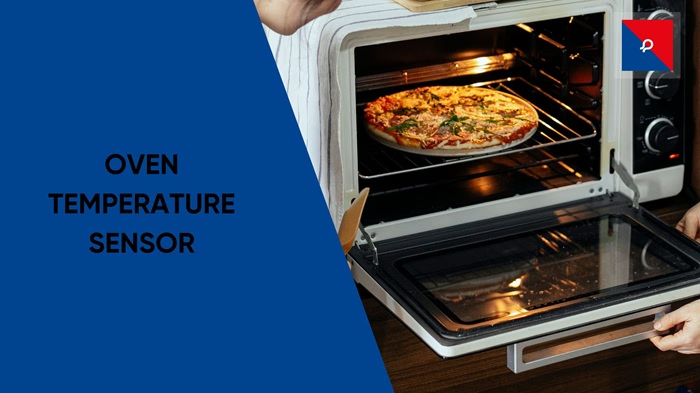
If only your car could talk, its constant reminders would be limited to demanding premium fuel and fewer potholes. One crucial reminder would be about checking the coolant. The engine coolant system keeps your car from overheating, especially during long summer trips.
But to be honest, most of us won’t check the coolant level until something starts steaming under the
hood, are we right? Well, that's about to change! In this guide, we will show you how to check coolant level in car, why it is important, and how to avoid accidentally cooking yourself into a hot soup experiment.
Why Checking Your Engine Coolant Level Matters
When your engine runs, it gets too hot, and the coolant (or engine coolant) works to keep it at a safe temperature. Furthermore, when the level of coolant gets low enough, your engine can start to overheat, seize up, and leave you stranded on the side of the road-perhaps just when you are already running late for work.
Coolant also works to prevent any kind of rust and corrosion inside the cooling system. Well, if you ignore this check for too long, they may potentially lead to some costly repairs that will have you wishing you had paid more attention to them.
The best part? Checking for coolant level is so easy that even if you are not an automotive expert, you would be able to do it. So let's dive into it!
How to Check Coolant Level in Your Car
Alright, let’s roll up our sleeves (but not too much, because coolant is not a fashion statement) and get to work.
Step 1: Park Your Car and Let It Cool Down
Coolant checks must be done on a cool engine, so do not consider popping the hood until the engine cools. Checking the coolant when the engine is hot will guarantee serious burns; trust me, you don't want hot coolant splattered on you. It is not fun.
Wait at least half an hour after turning off the engine before proceeding with the coolant checks.
Step 2: Locate the Coolant Reservoir
Once under the hood, find the coolant reservoir. It is usually a clear plastic tank on the side marked with "MIN" and "MAX" levels. It may also have a brightly colored cap (generally yellow or orange) with a warning not to open it when hot.
If you are still unable to find it, refer to the owner's manual, it is the one book with all the answers that never gets read.
Step 3: Check the Coolant Level
Once you spot the reservoir, check through the plastic to see the coolant level. It should sit somewhere between the MIN and MAX marks. If it is under the MIN mark, your car requires more coolant. If it is above the MAX mark, there might be an issue with overfilling (or the cooling system itself).
Step 4: Open the Coolant Cap (Only If Needed!)
When the levels are low and the engine needs to be filled with coolant, that filling can only be done when the engine has cooled down completely. Slowly twist the cap and return it to its place; it may hiss to release the pressure built during heating. If it starts to hiss with steam escaping, wait even longer before proceeding.
Take a look inside. If you cannot see coolant inside the reservoir, top it off.
How to Add Coolant If It’s Low
The refill is a must for the car whose coolant level you've confirmed is low. However, stop right there; without proper knowledge of the type of antifreeze your car requires, you cannot just pour anything into the coolant reservoir.
Step 1: Choose the Right Coolant
Some coolants are quite different from others. They come in different colors—green, orange, pink, and blue—and those colors reflect different chemical formulas aimed at different car engines. Check in your owner's manual or on the sticker on the coolant cap to know what coolant is acceptable in your car. Using the wrong coolant can cause irreparable damage to your cooling system, and that is a situation you don't want to face.
Step 2: Pour Coolant into the Reservoir
Utilizing a funnel (because no one likes leakage of coolant), pour the fluid into the reservoir until it touches the MAX line. Do not overfill it- it-it needs room to expand with heat.
Step 3: Close the Cap Securely
When the coolant is put, close the cap tightly and ensure a tight seal.
Step 4: Check for Leaks
Before basking in the glory of your coolant refill achievement, take a quick peek underneath the car for any impending leaks. If you notice dripping coolant, there might be a leak somewhere in the system that needs your attention.
How Often Should You Check Your Coolant?
Checking the coolant level is preferably done every month. However, for people who see signs of overheating, tend to smell sweet in the interior of the vehicle, or light flashing on the dashboard, these should be addressed immediately.
Also, it is not a permanent solution as coolant doesn't remain forever. Most manufacturers recommend flushing and replacing coolant with every mileage ranging from 30,000 miles to 50,000 miles, depending on the make and model of the car.
Signs You Might Have a Coolant Problem
Even if the coolant level appears to be okay, keep an eye out for the following warning signs:
- Overheating Engine: If your temperature gauge is always red, something must be wrong.
- Sweet Smell comes from the Engine: Coolant smells sweet, and if you smell it inside the car, there could be an outside leak.
- Puddles underneath the car: Brightly colored liquid dripping from your car (generally green, orange, or pink) means it’s probably coolant leaking from somewhere.
- White Smoke coming out of the exhaust: This means coolant is leaking into the engine, and that’s a big problem.
If you observe any of these signs, have a mechanic inspect your car immediately.
Final Thoughts
If you were in a dilemma about how to check engine coolant, then now with this vivid blog you have no excuse to avoid checking your engine's coolant anymore! Monitoring the coolant level is one of the easiest yet important maintenance jobs on a car. A few minutes checking coolant can save you hundreds or even thousands of dollars in repairs later. And it would keep you from getting stuck with an overheated engine on a hot summer day.
So next time you're checking oil or filling up windshield washer fluid, have a quick look at your coolant too. Your car will reward you with smooth rides and zero overheating drama!
Frequently Asked Questions
1. How often should I check my car's coolant level?
2. Can I check the coolant level when the engine is hot?
3. What should I do if my coolant level is low?
4. Can I use water instead of coolant?
5. Why is my coolant level dropping too quickly?

Busbar Watchdogs: The Tiny Sensors Preventing Massive Power Failures
Think of them as your system’s early warning system. Busbar temperature sensors silently protect power grids, data centers, and switchboards from overheating, fire, and failure. Discover why this small sensor plays a big role in electrical safety and uptime.

Beyond Specs: 5 Must-Know Factors When Choosing a Thermistor Sensor Manufacturer
Not all thermistor manufacturers are created equal. Whether you're building a medical device or a smart appliance, this guide breaks down the 5 key factors that ensure you get precision, reliability, and peace of mind.

Burnt Biscuits? Blame the Sensor – The Hot Truth About Your Oven’s Temperature Troubles
If your oven’s cooking like it’s got a mind of its own, your temperature sensor might be the silent saboteur. From half-baked casseroles to scorched cookies, we break down how this little sensor works, why it matters, and how to fix it—without losing your cool (or your dinner). A fun, practical guide that’s just as useful as it is digestible.